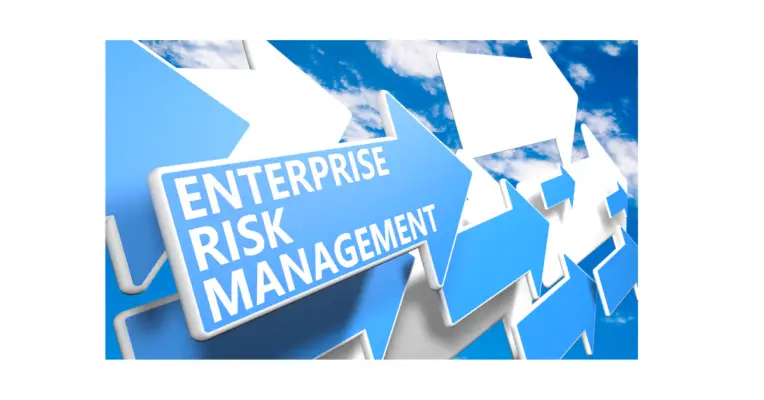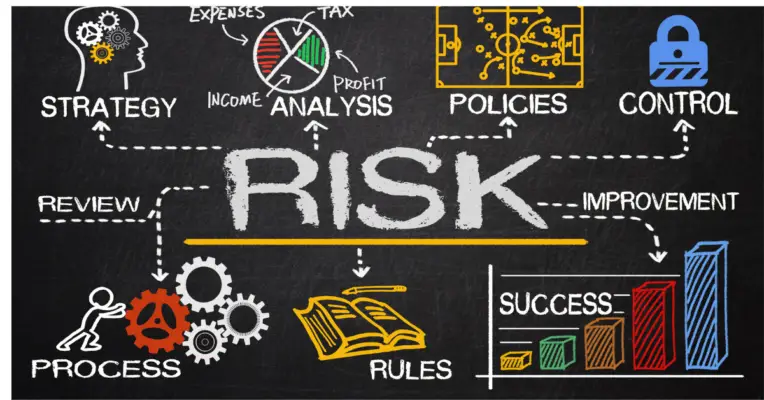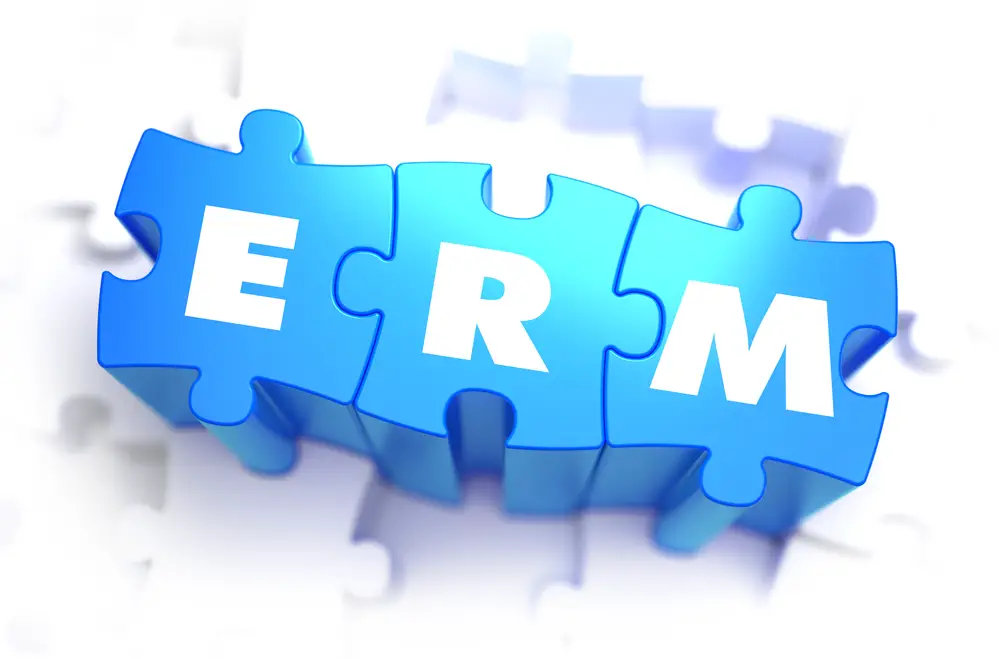ERM, or enterprise risk management, is a systematic process for identifying and addressing an organization’s risks. The goal of ERM is to protect and create value for the organization by driving strategic decision-making and action. ERM provides a framework for identifying, assessing, and responding to risks across the enterprise.
It helps organizations to identify potential events that could impact the achievement of their objectives, assess the likelihood and impact of these events, and develop plans to respond to them. ERM is essential for any organization seeking to protect and create value in today’s uncertain world.
ERM (Enterprise Risk Management) erm definition is a term that is often heard in the business world, but what does it actually mean? In essence, the ERM stand is a system or process that helps companies identify, assess, and manage risks. This can include anything from financial to operational risks to reputational risks express uncertainty. In other non-professional ways, erm is an awkward conversation filler.
Implementing an effective ERM system can help businesses better protect their assets and ensure continuity in times of crisis. While ERM may seem like a complex topic, the concepts behind it are relatively straightforward. If you’re interested in learning more about ERM, this blog post is a good place to start.
What are the three types of enterprise risk?
Enterprise risk is the risk of loss associated with running a business. Operational risk, The three main types of enterprise risk are strategic risk and compliance risk. Operational risk is the risk of loss resulting from everyday business activities, such as manufacturing or customer service.
Strategic risk is the risk of loss resulting from changes in the competitive landscape, such as new technologies or shifting customer preferences. Compliance risk is the loss resulting from failure to comply with regulations, such as environmental regulations or consumer protection laws.
Enterprise risk management is the process of identifying, assessing, and mitigating these risks. Businesses can protect themselves from potentially damaging losses by understanding and managing enterprise risks.
Financial risk is defined as the risk of direct financial relationships with money. It has financial consequences, including increased costs and decreased profits. Strategic risk is risk created through strategic business choices. The operating risks of the organization involve risks affecting the organization.

Importance of ERM
ERM is important because it helps businesses identify, assess, and manage risk. By identifying risks, businesses can take steps to mitigate them. For example, if a business knows its supply chain is at risk of being disrupted by a natural disaster, it can take steps to protect its supply chain or diversify its supplier base.
In assessing risks, businesses can better understand the impact of those risks and make informed decisions about how to manage them. Finally, by managing risks effectively, businesses can protect their profits and safeguard their reputations. In today’s increasingly uncertain world, ERM has become an essential tool for businesses of all sizes.
ERM helps in analyzing, reporting and assessing risk. Standardized reports tracking corporate risks can improve directors’ attention by offering information that allows for more informed risk-management decision-making.
Key points in erm definition
One of the key points in erm meaning is the identification and assessment of risk. This includes both the potential for loss and the likelihood of occurrence. Once risks have been identified, ERM provides a framework for managing them to minimize the potential for loss and maximize the chances for success.
Web’s largest resource can define risk with a hesitant speech in terms of sign language or internet slang as chat texting. Erm means inappropriate comment in mla chicago apa common definition. The full form of the popularity rank of the user name required password and new account or new comments.
While every organization is different, some common steps can be taken to manage risks effectively. Most common definition or acronym for abbreviations and slang term. These include setting priorities, developing strategies, implementing controls, and monitoring results. By taking these steps, organizations can better understand their risks and better decide how to protect themselves from potential losses.

Conclusion
ERM is an important term for business professionals, and it’s definition is critical for understanding the role of risk management in organizations. We’ve outlined the key points of ERM so that you can be sure to use it accurately in your writing and conversations with colleagues. Do you have any questions about ERM? Let us know in the comments!

Chris Ekai is a Risk Management expert with over 10 years of experience in the field. He has a Master’s(MSc) degree in Risk Management from University of Portsmouth and is a CPA and Finance professional. He currently works as a Content Manager at Risk Publishing, writing about Enterprise Risk Management, Business Continuity Management and Project Management.

